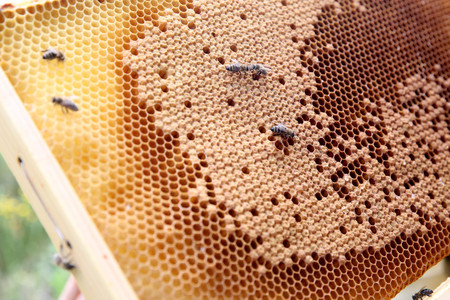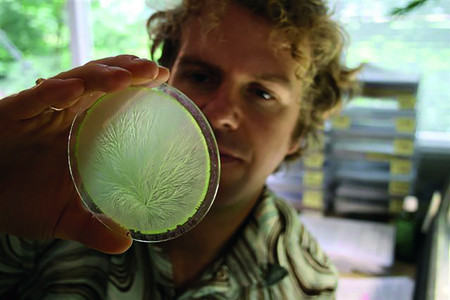Movement is an expression of childlike joie de vivre, vitality and curiosity. But this developmental driving force also incites us as adults: internal and external movement allow us to learn and gain insights about the world and ourselves – as we move through our lives.
In its latest foundation publication, SAGST has explored this living phenomenon, shedding light on the healing aspects of movement in various aspects of life – including in the context of the coronavirus pandemic.
Not only has it changed the day-to-day life of the foundation, but it has also presented many of our sponsor partners with major challenges. However, COVID-19 will not dictate this issue. Instead, we would like to focus on “eurythmy”, returning to a subject that is otherwise rarely on the media agenda and whose effect on human beings is difficult to explain – even implicitly.

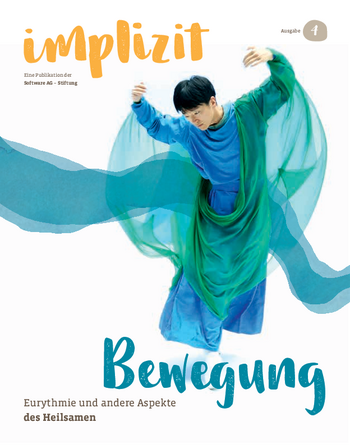
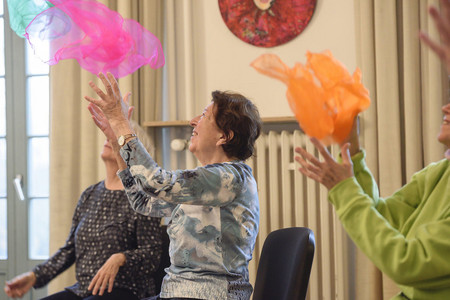
![[Translate to EN English:] Girl and Boy with Eurythmy Sick](/fileadmin/_processed_/3/b/csm_Kindergarteneurythmie_5c72b3508f.jpg)
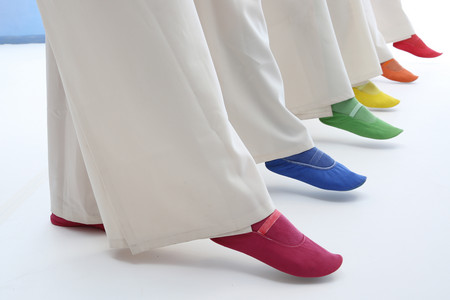
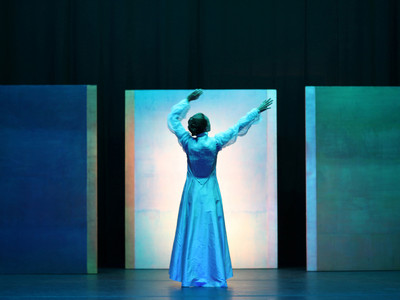
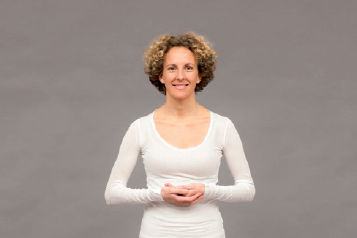
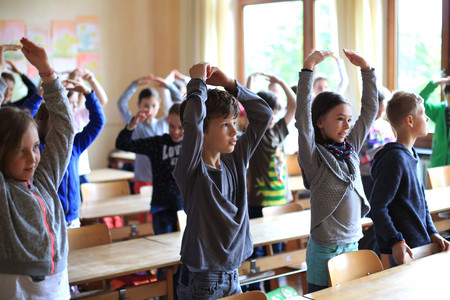
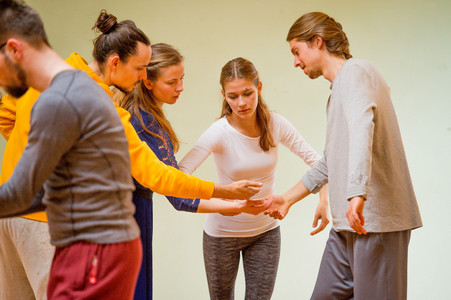
![[Translate to EN English:] Old People on the Move: Exercises with Eurythmy Balls](/fileadmin/_processed_/d/b/csm_ENTAiER-Studie_8c8b59b704.jpg)
![[Translate to EN English:] Building a Hammock: Children play in the Forest](/fileadmin/_processed_/a/a/csm_Waldkindergarten_Tempelhof_7af6776ce0.jpg)
